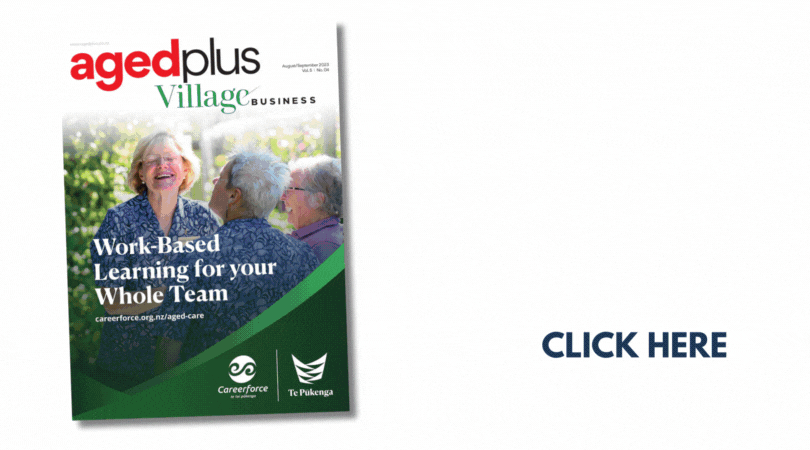The cost to the government of ending pay disparity between registered nurses in aged care and those in public hospitals is $84 million a year – a mere fraction of the value the sector delivers, according to the New Zealand Aged Care Association (NZACA).
Chief Executive Simon Wallace says the NZACA’s 2020 Fair Pay election campaign to close the salary gap of at least $10,000 a year, had received 15,000 signatures and a pre-election commitment by the MPs of the then four major parties to follow through should they be in government.
“Since then, we have been working constructively with the Government, including a working group with the Ministry of Health and District Health Boards (DHBs) to investigate the issue of pay disparity.
“This work has substantiated our case for pay parity. Aged care is a nursing-led sector that is central to our healthcare system, with 600 plus rest homes all over the country providing a range of care levels, including hospital-level care for our most frail older citizens, saving public hospitals a staggering $5.5 billion annually.
“At a cost of just $84 million a year, the Government can end years of inadequate funding that have left providers unable to match DHB rates, not only undervaluing the highly skilled and specialised field of aged care nursing but leading to the ongoing loss of nurses to DHBs and underpinning chronic shortages.”
The amount of pay nurses receive is directly related to the capped funding rest home providers receive from DHBs - a per bed, per day rate - is based on the level of care each resident is assessed for by DHBs when they admit them to rest homes – standard, hospital level, dementia level and psychogeriatric care
Wallace said that over the last decade annual funding increases have not covered the cost for providers to match DHB pay packages. The gap widened in 2018 when the Government improved pay and conditions for nurses working in public hospitals.
“The $10,000 a year gap makes recruitment and retention an ongoing challenge, and chronic shortages are being exacerbated by COVID-19 restricting the number of Internationally Qualified Nurses (IQNs) we can bring into New Zealand,” said Wallace.
“Even more frustrating is that there are dozens of nurses who have visas ready to go but are unable to secure space in MIQ before their visas expire.”
Mr Wallace says the sector is dealing with a shortage of around 300 nurses and while providers are working hard to cope with measures including clinical managers taking on extra shifts and retired nurses coming back in to help out, this is not sustainable.
“Pay parity is an urgent issue that needs to be addressed this year. We are confident that there is a strong case. This is backed by the 2020 Heather Simpson-led Health and Disability System Review which says Government needs to address pay disparities in the DHB-funded workforce.
“We have also had very constructive conversations with the Health Minister Andrew Little who acknowledges the need to address these inequities.
“Ultimately, a nurse is a nurse irrespective of the setting they are working in. Pay parity is a vital part of the picture for us but we are also focused on working to help build the nursing workforce in New Zealand, including advanced education opportunities to specialise in aged care.”






